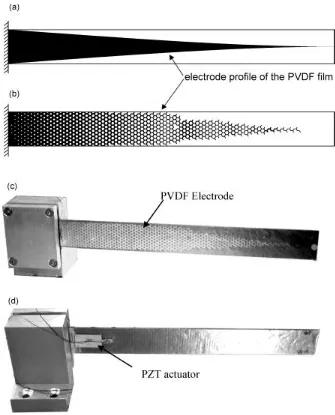AN INNOVATIVE APPROACH TO SPATIAL FILTERING WITH PIEZOELECTRIC FILMS FOR VIBROACOUSTIC APPLICATIONS
Texto completo
Figure




Documento similar
There are, in fact, two approaches to evaluate the emotional effects provoked by films: the cultural studies approach, which is based on pragmatics and gender
The spatial coherence extension of a two-dimensional (2D) polariton system, below and at the parametric threshold, demonstrates the development of a constant phase coherence over
For nanowire-QDs with the c-axis parallel to the SAW piezoelectric field, the energy splitting induced by the acousto-electric e ffect is also ex- pected to change at high
In this approach to dynamic capabili- ties we have found a causal linkage between the formulation of certain goals (improved effective- ness, achieving new and innovative forms of
The mission of the company is to offer an innovative product and service with quality, therefore it dedicates much of its efforts to the research and development of new
As an extension of this spatial struc- tures as attractor states of the neural network, and approaching real world applications with spatially organized data, it is characterized
Spatial mapping of the zero-bias conductance in magnetic field reveals the vortex lattice, which allows us to unequivocally link the observed conductance gap to superconductivity
In [9], we proposed two simple linear and quadratic models to predict the correlation coefficients for the combined spatial and TPD schemes.. The estimation error was not quantified

